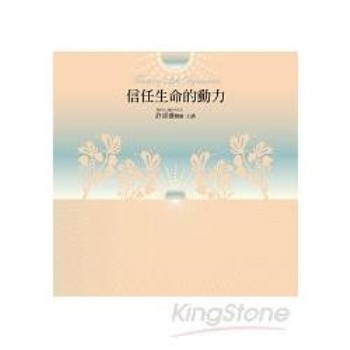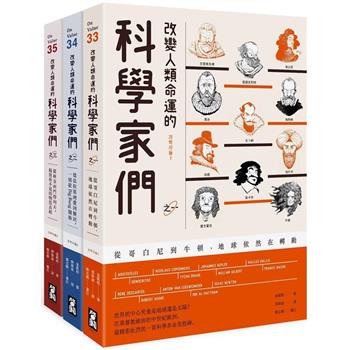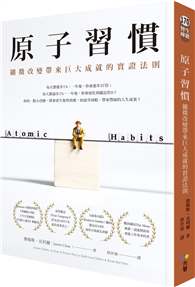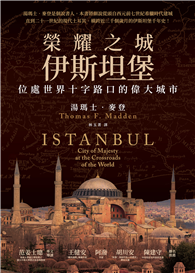Squeezed between powerful neighbours, for decades Mongolia played the role of buffer state. Its full independence in 1990 offered new opportunities for both economic growth and the restoration of Mongolian identity. But with a huge land area, poor infrastructure and a small population, the new republic is highly vulnerable and also dependent on international support.
This book provides easily accessible information for developers, planners, consultants, scholars, students and others with an interest in contemporary Mongolia. Prefaced by a general overview of the land and society, its chapters, all written by international experts, cover a wide range of topics, including foreign policy, domestic politics, local government structure, living standards and poverty, women in society, grassland management, the common herding household, and science and technology policy. A comprehensive bibliography is provided.
| FindBook |
有 1 項符合
Mongolia in Transition: Old Patterns, New Challenges的圖書 |
 |
Mongolia in Transition: Old Patterns, New Challenges 作者:Bruun 出版社:Routledge 出版日期:1996-10-10 語言:英文 規格:平裝 / 272頁 / 21.6 x 14.2 x 2 cm / 普通級 |
| 圖書館借閱 |
| 國家圖書館 | 全國圖書書目資訊網 | 國立公共資訊圖書館 | 電子書服務平台 | MetaCat 跨館整合查詢 |
| 臺北市立圖書館 | 新北市立圖書館 | 基隆市公共圖書館 | 桃園市立圖書館 | 新竹縣公共圖書館 |
| 苗栗縣立圖書館 | 臺中市立圖書館 | 彰化縣公共圖書館 | 南投縣文化局 | 雲林縣公共圖書館 |
| 嘉義縣圖書館 | 臺南市立圖書館 | 高雄市立圖書館 | 屏東縣公共圖書館 | 宜蘭縣公共圖書館 |
| 花蓮縣文化局 | 臺東縣文化處 |
|
|
圖書介紹 - 資料來源:博客來 評分:
圖書名稱:Mongolia in Transition: Old Patterns, New Challenges
內容簡介
作者簡介
Ole Bruun is Associate Professor at Copenhagen University’s Department of Anthropology. Until recently, he was a research fellow at the Nordic Institute of Asian Studies in Copenhagen. Ole Odgaard is a Head of Section at DANIDA (Danish International Development Assistance). From 1992 to 1995, Dr. Odgaard was stationed in Beijing, where he was in charge of provision of Danish development aid to Mongolia.
|











